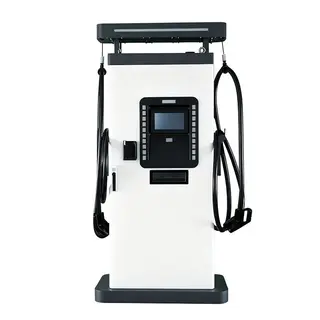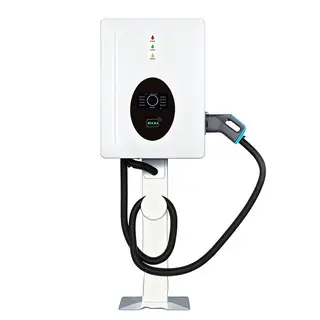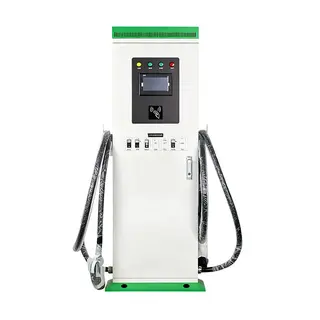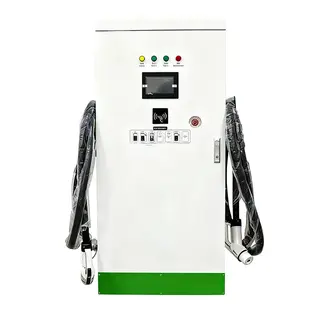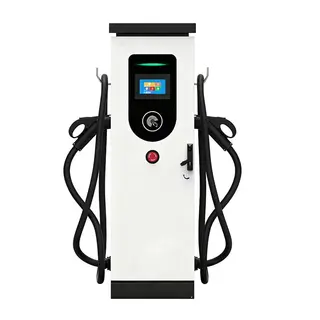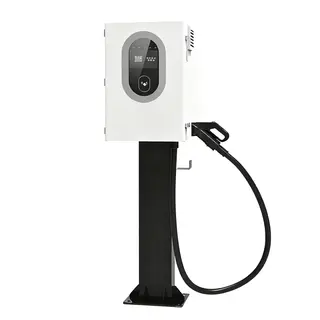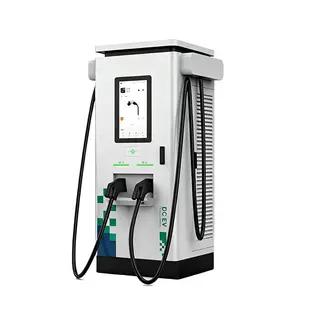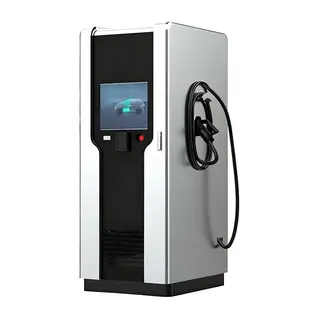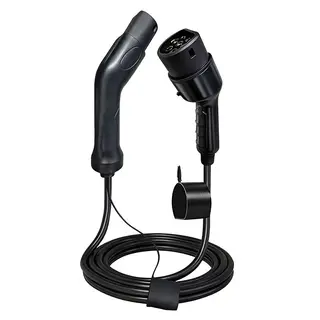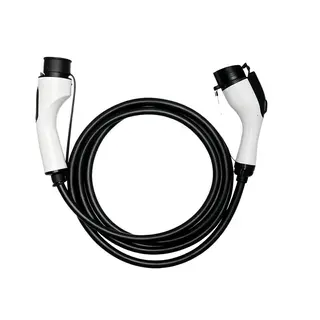Direct current (DC) is electricity that flows consistently in a single direction, maintaining a stable voltage without oscillations. Unlike alternating current (AC), which reverses direction periodically and is standard in homes and most infrastructure, DC provides a steady and uniform flow ideal for storing energy in batteries. EVs store energy in DC form, so supplying DC directly to the battery allows for faster, more efficient charging by eliminating the AC-to-DC conversion step required in Level 1 and Level 2 charging.
DC Fast Charging works by converting AC power to DC within the charging station itself, then delivering the DC electricity directly to the EV battery. This setup bypasses the vehicle’s onboard charger, which typically limits the maximum power it can accept from AC sources. As a result, DCFC can transfer significantly more power in a shorter time. Depending on the EV model, battery capacity, and charger rating, a DC Fast Charger can recharge a battery from 20% to 90% in approximately 20–60 minutes. High-capacity chargers, reaching up to 350 kW, can further reduce charging times for vehicles that support these power levels, making DCFC stations ideal for public highways, commercial fleets, and time-sensitive operations.
DC Fast Chargers are particularly valuable in scenarios that require rapid charging:
Public charging stations: Highways and transit hubs benefit from short charging stops to keep EV drivers on schedule.
Fleet operations: Businesses managing EV fleets can achieve quick turnaround times, minimizing downtime.
Long-distance travel: Rapid charging alleviates range anxiety by allowing drivers to recharge quickly at strategic locations.
The ability to recharge batteries quickly provides operational efficiency, convenience, and flexibility, making DCFC stations highly attractive for both individual users and commercial operators.
DC Fast Chargers are designed with advanced cooling systems, robust components, and sophisticated safety mechanisms to handle high power safely. While rapid charging generates more heat than AC charging, modern EV battery management systems (BMS) regulate charging speed and temperature to prevent overheating and minimize battery stress. Frequent use of DCFC can slightly increase long-term battery degradation, but with modern battery technology and balanced charging routines, including periodic Level 1 or Level 2 AC charging, the impact is minimal. Overall, DC Fast Charging is safe and reliable for regular use when combined with best practices.
